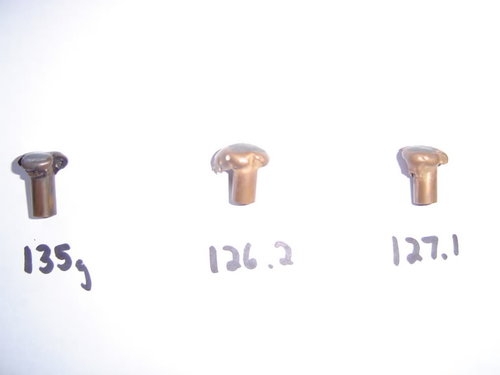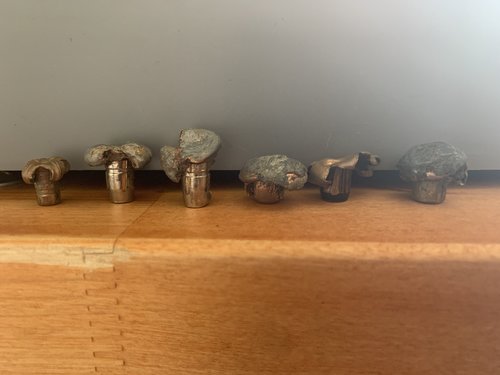AlaskaHunter
Well-known member
I want to see if there is a significant difference in bullet penetration comparing 2 different bullets.
Which would penetrate moose bone more, bullet A or bullet B?
Which would be more likely to completely exit a bear for a better blood trail?
Would this be a valid test?
Make a 6 foot thick sandwich using plywood.
Alternate shooting bullet A, then bullet B using the same load (seating depth, powder,etc.)
Shoot a minimum of ten shots each.
Measure the "wound channel depth" using a .270 brass rod.
Is there a significant difference in bullet penetration depth, bullet A versus bullet B?
Is there a better test that can be done at the range?
Ballistic gel would be expensive due to the sample size of 20 total shots.
Thanks.
Which would penetrate moose bone more, bullet A or bullet B?
Which would be more likely to completely exit a bear for a better blood trail?
Would this be a valid test?
Make a 6 foot thick sandwich using plywood.
Alternate shooting bullet A, then bullet B using the same load (seating depth, powder,etc.)
Shoot a minimum of ten shots each.
Measure the "wound channel depth" using a .270 brass rod.
Is there a significant difference in bullet penetration depth, bullet A versus bullet B?
Is there a better test that can be done at the range?
Ballistic gel would be expensive due to the sample size of 20 total shots.
Thanks.







